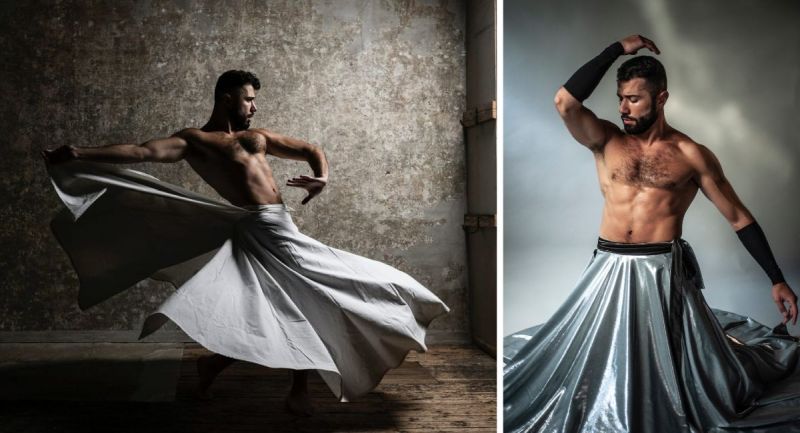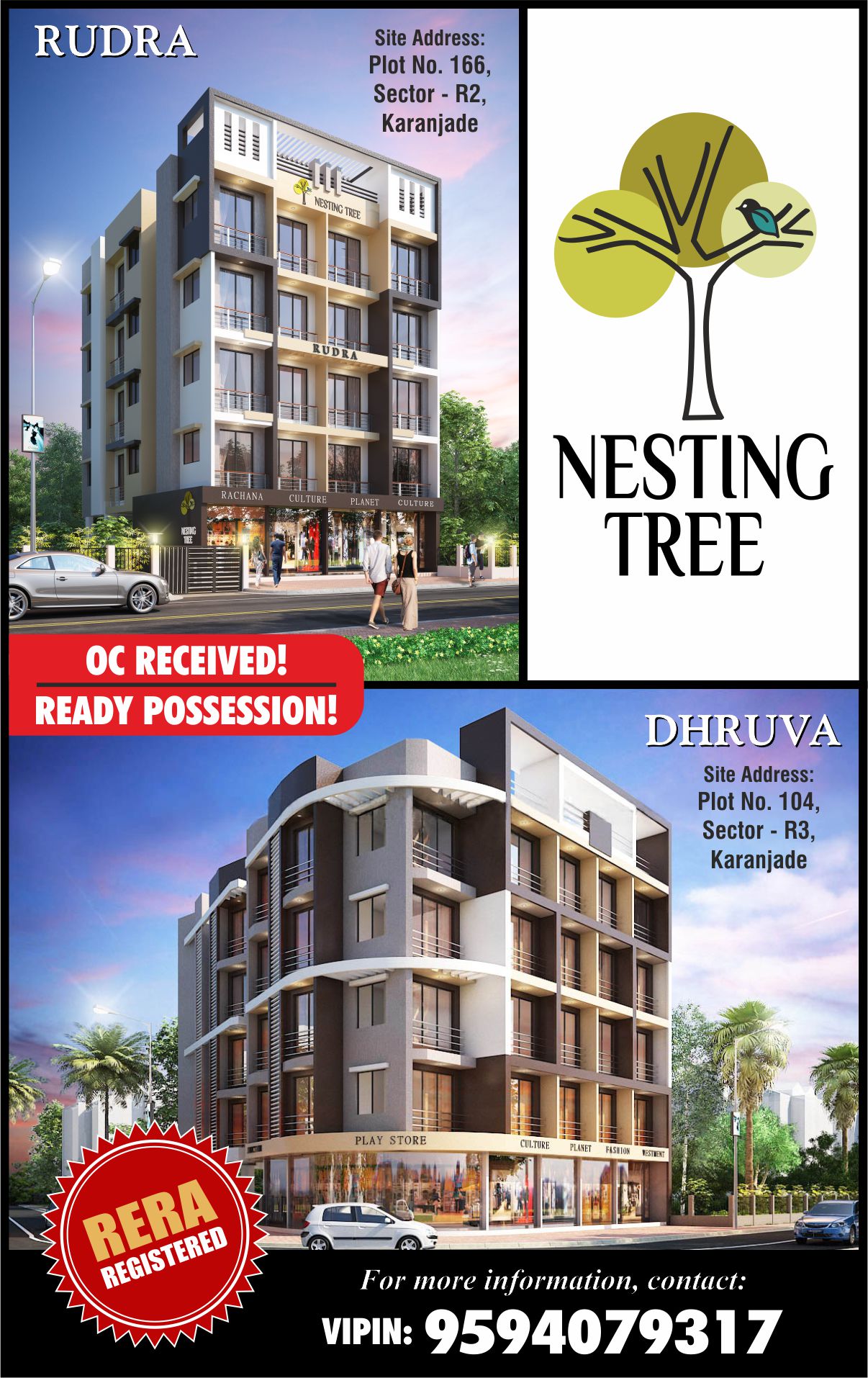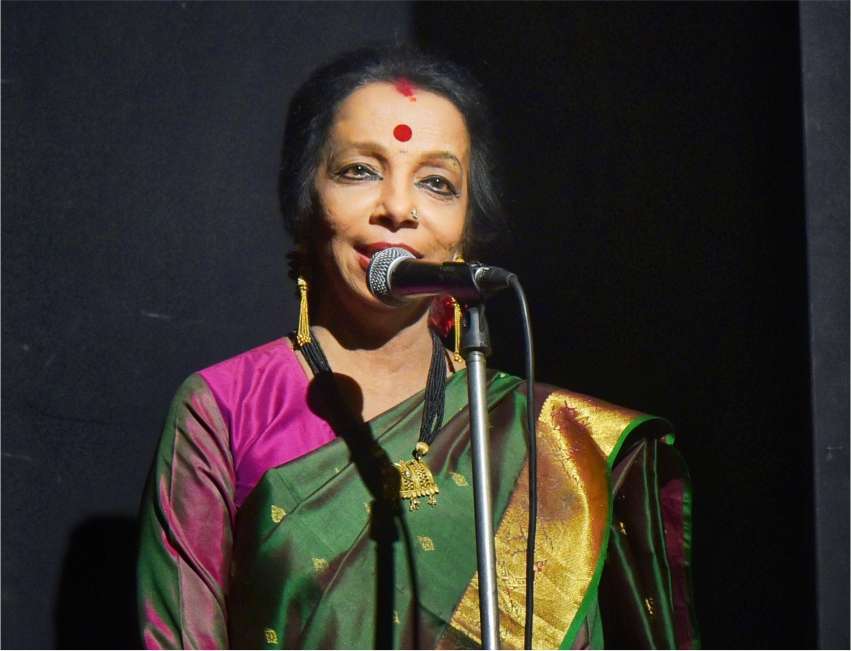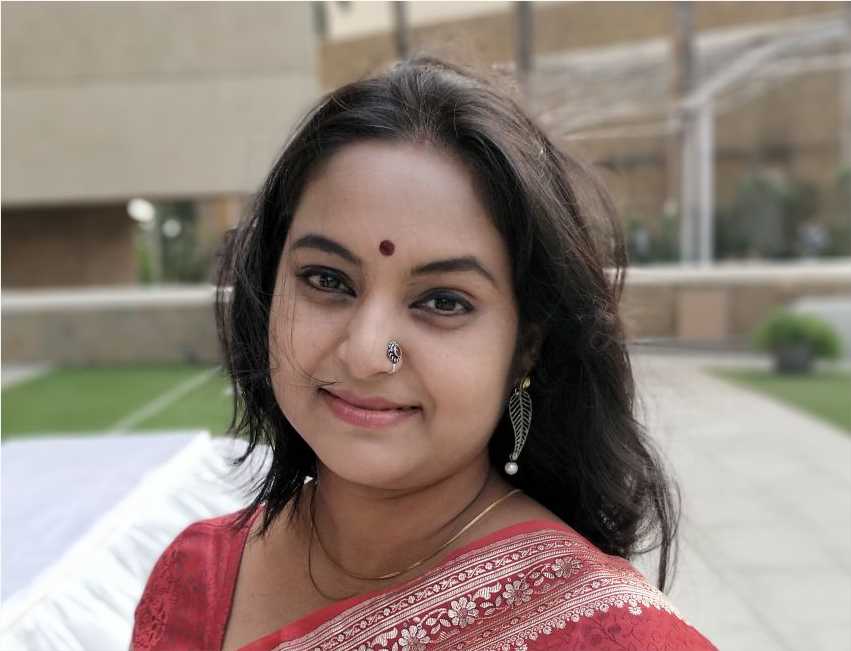Arend Ahmad Joudeh

- Sandip Soparrkar
- 23 May, 2025
From stateless refugee to international ballet star
Ahmad Joudeh is a Syrian-Dutch ballet dancer and choreographer born in the Yarmouk refugee camp near Damascus. Growing up stateless, he pursued dance despite societal and familial opposition, studying at Syria’s Enana Dance Theatre and the Damascus Higher Institute for Dramatic Arts. His life and art were featured in the Emmy-winning documentary Dance or Die, which highlighted his resilience and commitment to peace through dance. Excerpts from the interview:
Tell me about your dance journey?
My journey started in Damascus, Syria. I grew up in Yarmouk, a refugee camp where life was difficult and dancing was seen as taboo for boys. But I couldn’t ignore the pull I felt toward it. Even though my community didn’t understand, I trained in secret, then I joined the local dance company Enana Dance theater at the age 16 and started my professional ballet training.
Which is your favourite dance form?
Ballet and Contemporary dance is my main language. It’s honest, raw, and limitless. But I’m also deeply moved by performing the Sufi dance. I often mix the two in my performances.
In many Middle Eastern countries, dance for men isn’t looked at positively. What is your take on that?
That’s absolutely true — and I’ve lived that reality. As a boy in Syria, I was mocked, threatened, even abused by my father because I chose to dance. In many Middle Eastern cultures, dance is still considered something inappropriate for men, which is heartbreaking. But I kept going. Because dance is not a weakness — it’s a strength.
Tell us more about your documentary project ‘Dance or Die’.
Dance or Die began as a personal message — words I tattooed on the back of my neck in Hindi as paying respect to Lord Shiva the dancing God while I was still in Syria, living under constant threat. It became my way of saying: “If I can’t dance, I’d rather not live.” Later, it became a powerful movement — a documentary by the Dutch director Roozbe Kaboly and won an international Emmy Award 2019, sharing my story with the world.
I also wrote a memoir, Dance or Die: From Stateless Refugee to International Ballet Star, which tells my full journey.
How is the dance scene in Europe?
I am now based in Amsterdam. The dance scene here is full of life and possibility. Artists are supported and encouraged, and I’ve had the freedom to grow at the Dutch national ballet or as a freelancer and collaborate with incredible people. Compared to the Middle East, it’s a completely different world. Back home, many dancers have to hide, and opportunities are so limited. But the passion is there. My dream is to help build bridges between these two worlds — so that one day, no artist in the Middle East has to choose between safety and expression.
What do you have to say about Indian dance forms?
I have not been to India yet, but I truly hope to visit. I am fascinated by Indian classical dance — the grace, the storytelling, the discipline. Whether it’s Bharatanatyam, Kathak, or Odissi, there’s such deep meaning in every gesture. I have watched many performances and I am always inspired. I would love to collaborate with Indian artists and learn more — I think our traditions could speak beautifully to each other.




